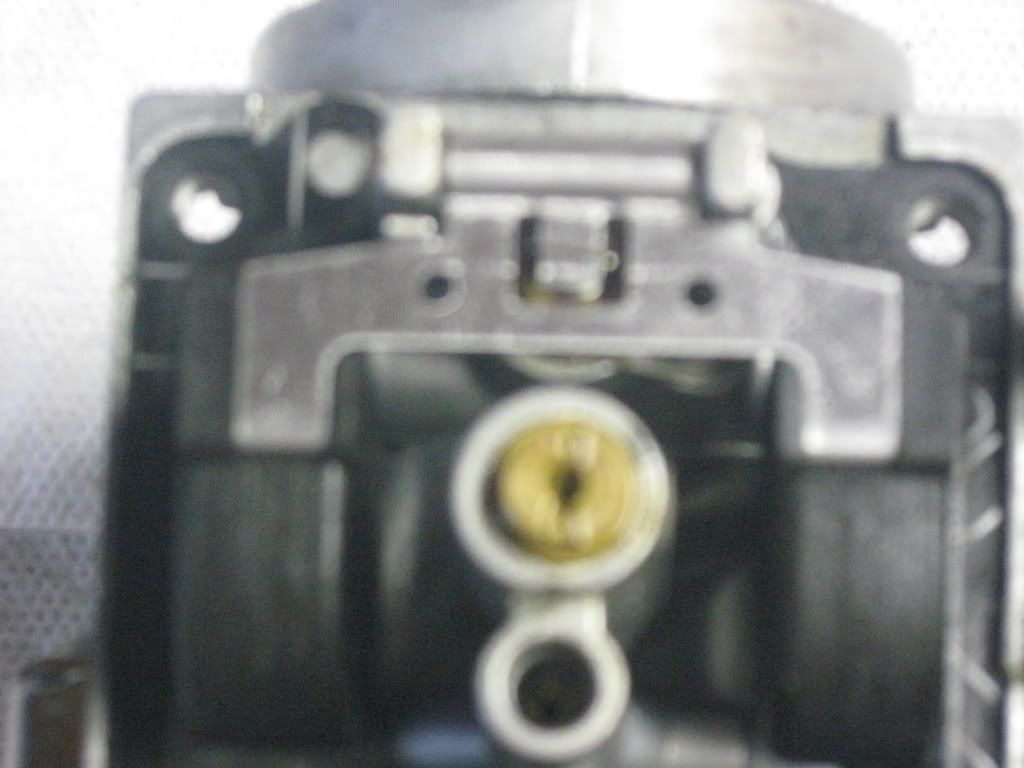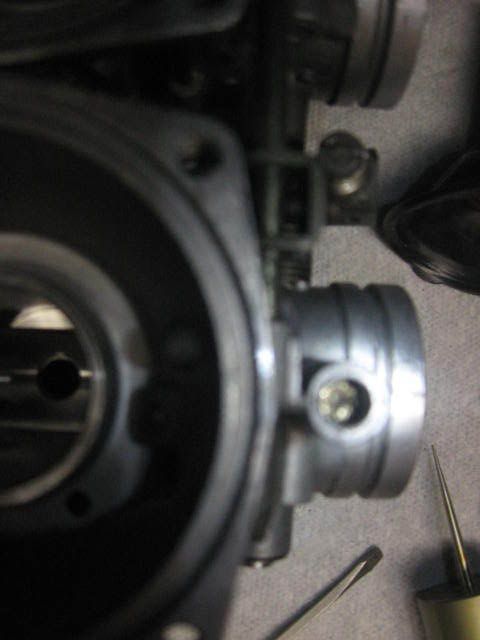Hoping that someone with more experience can help me out of this jam. I picked up a 1980 XS1100G that run, but had a hard time getting fuel (so I thought). I got it home and did the usual, new plugs, cleaned/replaced filters, oil and cleaned carbs (adjusted float levels also). The issue I'm having has not changed
1)Start her up...fine
2)warm um...fine
3)choke in...fine
4)turn throttle...dies
It doesn't matter whether I really lean on it, am in gear or neutral, or ease on the throttle, the engine immediately stumbles and dies.
Since then I've checked for vaccuum leaks and gone through the above items again, but to no avail.
A mechanic friend of mine told me it had to be my pilot jets, that there is a small tube inside the pilot jets that I can remove with an M1 screw and make sure they are flushed out. I've found no such tube. The Clymer's manual says that the float adjustment should be measured from gasket height, not flange height, but for the illustration of the 1980 Mikuni's it shows from flange, maybe I picked the wrong point to measure from? (Carbs are currently on my bench and I'm re-adjusting the floats)
I also noticed that I'm missing a piece from the carb diagram, the pilot jet plug, I'm not sure if this is a functional piece, but I'm missing all 4.
Any suggestions, relevant input, friendly advice or help would be greatly appreciated. As an amatuer mechanic I feel like I'm spinning my wheels with this issue which is probably a very simple fix that I'm missing.
1)Start her up...fine
2)warm um...fine
3)choke in...fine
4)turn throttle...dies
It doesn't matter whether I really lean on it, am in gear or neutral, or ease on the throttle, the engine immediately stumbles and dies.
Since then I've checked for vaccuum leaks and gone through the above items again, but to no avail.
A mechanic friend of mine told me it had to be my pilot jets, that there is a small tube inside the pilot jets that I can remove with an M1 screw and make sure they are flushed out. I've found no such tube. The Clymer's manual says that the float adjustment should be measured from gasket height, not flange height, but for the illustration of the 1980 Mikuni's it shows from flange, maybe I picked the wrong point to measure from? (Carbs are currently on my bench and I'm re-adjusting the floats)
I also noticed that I'm missing a piece from the carb diagram, the pilot jet plug, I'm not sure if this is a functional piece, but I'm missing all 4.
Any suggestions, relevant input, friendly advice or help would be greatly appreciated. As an amatuer mechanic I feel like I'm spinning my wheels with this issue which is probably a very simple fix that I'm missing.
 Terry
Terry




Comment